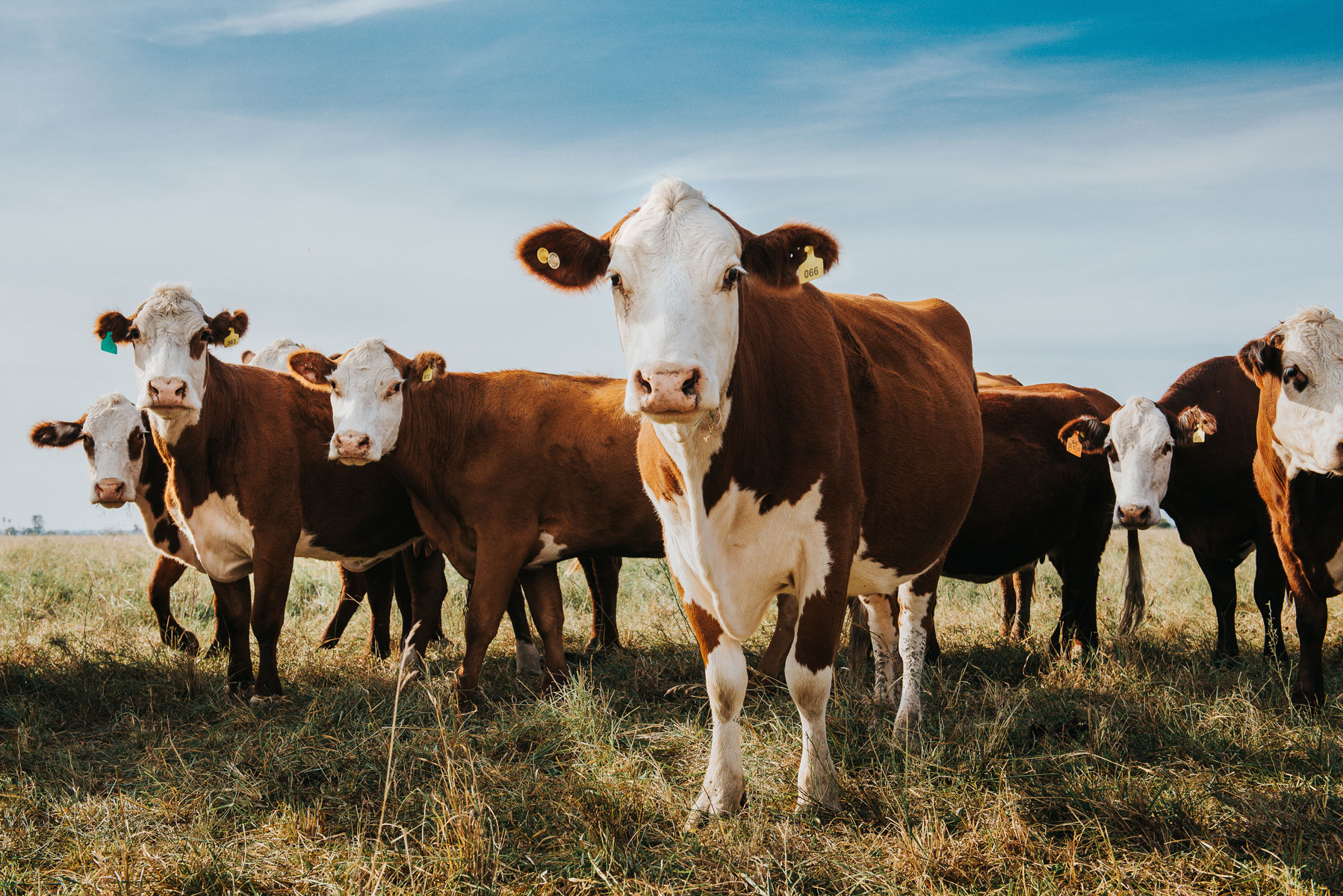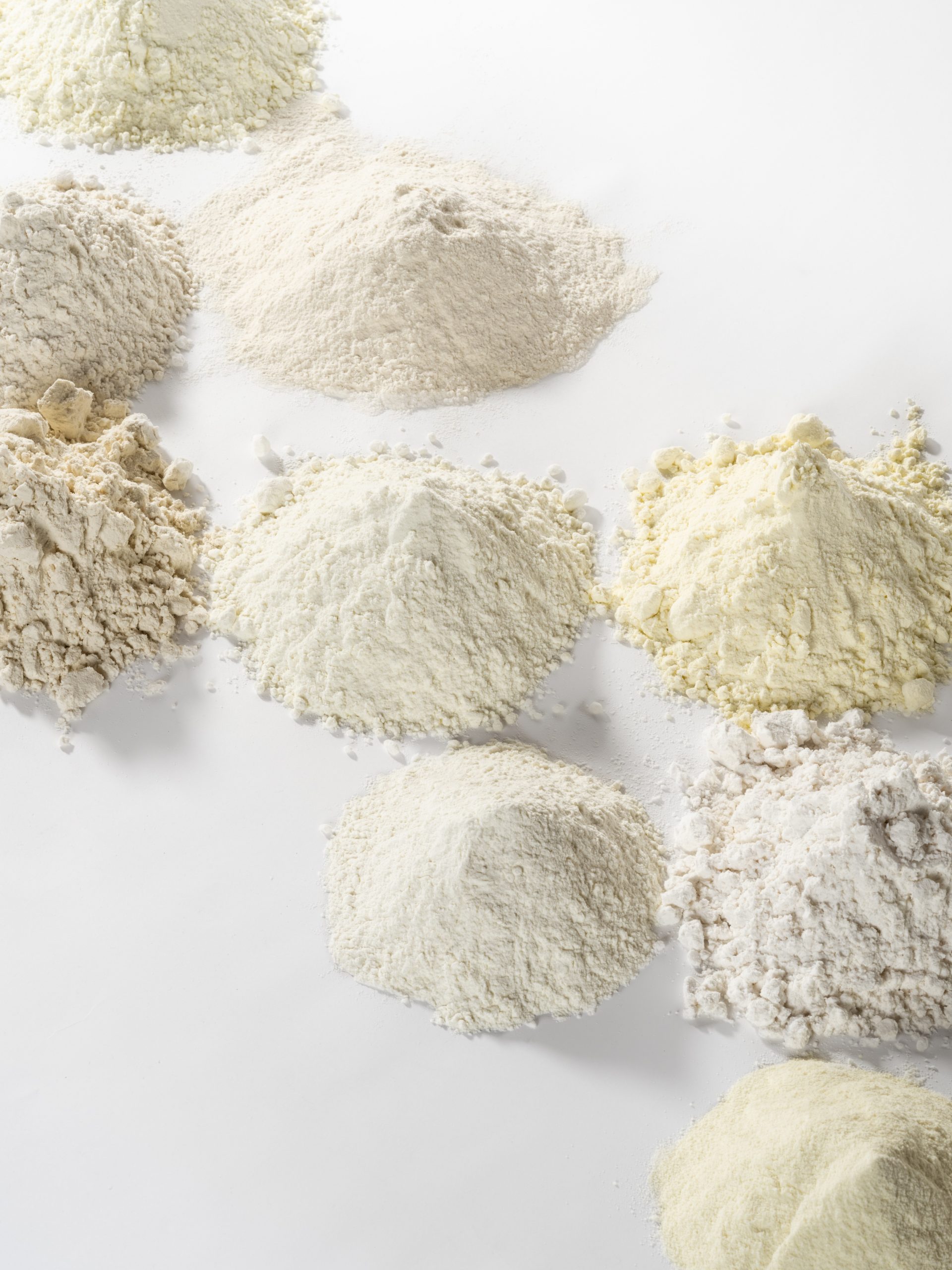Due to its high range of nutrients, milk is an essential part of peoples’ diet across the world and plays a vital role in the overall development of the body. Apart from fulfilling our system’s daily calcium and fat requirements, milk is proven to boost metabolism and improve immunity, hence keeping certain diseases at bay. Regarding infant nutrition, milk helps in providing sufficient energy to a growing child.
In this article, we discuss two speciality baby formula ingredients: goat’s milk and A2 milk. Goat’s milk is a powerhouse of protein, healthy fats, vitamins, iron, and other essential nutrients. It keeps a baby’s bones and teeth stronger, due to its high calcium content. The biggest advantage of A2 milk is that it may be naturally easy to digest, as the A2 protein is similar to that found in breast milk. Further benefits of goat’s milk and A2 milk can be found in this article.
Benefits of goat’s milk
Goat’s milk is rich in calcium, phosphorus, magnesium and copper and is a good source of vitamin A, B2, B3 and D. The composition of human milk has served as a basis for the development of infant formulas. Overall, it is closer to human breast milk than cow’s milk – thanks to higher levels of these ingredients:
- Nucleotides: In particular essential for replication of DNA and transcription of RNA. Due to their role in the development of the immune system, nucleotides are often added to infant formula.
- Phospholipids: Crucial for building the cell membrane around your body’s cells and form micelles in which fat is enclosed and transported throughout the bloodstream.
- Polyamine: Involved in the regulation of cell death and cell proliferation as well as in the process of creating protein molecules. Polyamines are important for optimal growth, gastrointestinal tract cell function, maturation of gastrointestinal tract enzymes and reduction of food allergy in infants.

Furthermore, although the amount of oligosaccharides measured in goat’s milk is still lower than the amount in human milk, the oligosaccharides found in goat’s milk shared similar structural elements critical to the bioactivity of human milk oligosaccharides and are much higher in content than in cow’s milk. In summary, oligosaccharides in milk contribute to the development of the infant’s microflora and immune system. By acting via various mechanisms, they protect against many infections and alleviate their course.
In a double-blinded randomized study of 64 infants, there was a 5% greater absorption of fat from the goat’s milk diet. The infants in the study had digestive disorders and suffered from fat mal-absorption due to gluten deficiency.
Compared to cow’s milk, goat’s milk contains a higher number of medium-chain fatty acids (they are quickly taken up by the body thereby providing energy rapidly) and conjugated linoleic acids (CLA).
The latter is linoleic acid, a polyunsaturated fatty acid (omega 6). This is essential for humans as it cannot be synthesized by the body itself. It has to be supplied externally through food.
GABA (ƴ-aminobutyric acid), a neurotransmitter, is present in high concentrations in goat’s milk. GABA has multiple physiological effects, such as modulation of blood pressure, immune function, insulin sensitivity and stress. A recent study has shown that it has a positive effect on the reduction of abdominal pain.
Last but not least we want to stress the reduced or even absent content of A1 beta-casein in sheep’s and goat’s dairy. Instead, they mostly contain the more easily digestible A2 beta-casein, making the casein profile of these milk types closer to breast milk. Therefore, several nutritionists recommend goat’s milk over cow’s milk to people with mild lactose intolerance. Read more on A2 milk further on.
At Prolactal, we believe in goat’s milk as a proven base for infant formula. Be assured that all the vitamins, minerals, and essential nutrients are included to support the baby’s healthy growth and development. See our full range of product portfolios here.
Benefits of A2 milk
It can be disheartening to see a little one upset or in discomfort. Symptoms of stomach discomfort associated with milk digestion could include gas and bloating. Luckily, there is A2 milk, which is said to be more easily digestible for infants.
The beta-casein in mammal milk has two variants, A1 and A2. However, A1 beta-casein is the only casein that creates beta-casomorphin-7, a naturally occurring opioid peptide and direct histamine releaser that can be a risk factor for heart disease, type 1 diabetes, and sudden infant death syndrome. Digestion of A1 beta-casein, at the least, can lead to some adverse gastrointestinal effects that resemble lactose intolerance. Consumption of milk containing A1 beta-casein is associated with worsening of post-diary digestive discomfort symptoms relative to baseline in lactose tolerant and lactose-intolerant subjects.
—

Since all cows’ milk originally only contained the A2 protein (and no A1), we could say A2 milk is the most original milk. Luckily, there are still cows out there that only produce the A2 protein. They are the ones that make A2 milk possible. Formula with A2 milk may be naturally easy to digest for the little one’s tummy, as the A2 protein is similar to that found in breast milk. Read more on A2 milk in these articles:
Prolactal is selling exclusively business to business, mainly to the infant and the baby food industry. Going forward we want to enter new markets and consolidate our expert position, such as in the field of A2 milk. We recently extended our product range by various A2 products. Have a look at our full product portfolio for more information.






